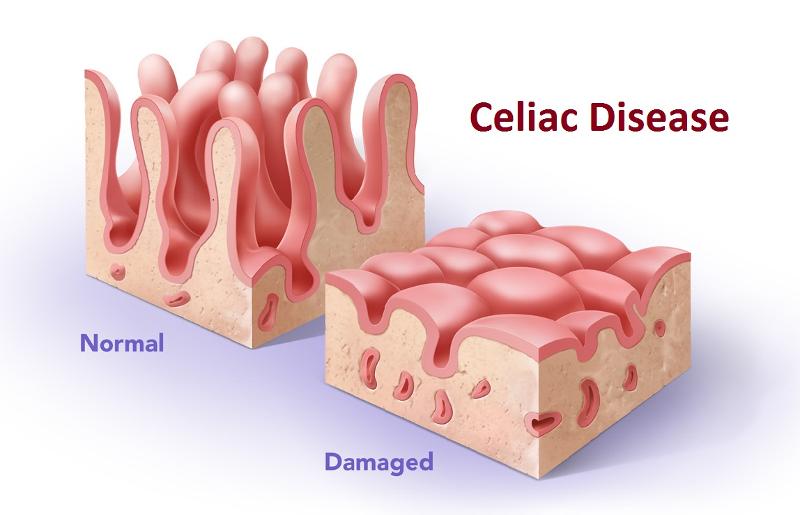Last Updated on September 18, 2021 by Dr.Derek Fhisher
Consuming gluten, the protein in rice and barley, sparks an immune reaction in individuals with disease. This causes damage to the intestinal wall, ultimately causing symptoms for example bloating, diarrhea, sickness and abdominal discomfort and reducing its ability to digest vitamins. As a result, deficiencies in minerals and certain vitamins, such as calcium and metal, are normal.
Howto treat it:
1. A strict gluten-free diet
Will allow your intestinal wall to recuperate, therefore in the event you follow it forever symptoms including flatulence, can clean up. ‘It Truly Is not dispensable to find a medical analysis first, however, because of the restrictions of the diet,’ claims McGough, dietitian and HFG pro at UK. ‘ because the tests involve you nevertheless to become eating it It’s also important to not quit gluten before being tested for disease.’
2. Study labels carefully
And select gluten-free solutions to foods including grain, rye including bakery, cakes, cookies. Grain or flour may reside to sauces in foods from soups, therefore enter into the routine of ingredients that are examining lists.
Some ingredients are labelled as ‘gluten-free’ without being listed as ‘gluten-free’, or ‘gluten-free’ may be used as a term to include ingredients with trace amount of gluten and therefore does not mean that the product is gluten-free, it only states that it is free from gluten.
3. Choose grains
Such as corn rice, quinoa, buckwheat and sorghum, which are naturally free of gluten. However, it is not suggested to buy them on account of some are made with gluten grains. And while oats ‘are a fantastic substitute for bread crumbs and also other items that contain the grain. However, some people are allergic towards them for example wheat which makes them unsuitable for their diet.’
4. Use recipes which make gluten-free foods
Instead of the ones with gluten-filled ingredients, you can make with a variety of gluten-free ingredients and combine and change these depending on the day.
The last thing you want is to have to go through the lengthy process of cooking something and realize it turns out wrong and the food is hard to digest.
5. Choose the right flour
Some may not be gluten-free, but can be made with modified wheat such as gluten-free flour and are usually free of yeast. The wheat-free are also in a lot of different variations, therefore do your research.




No Comments Yet